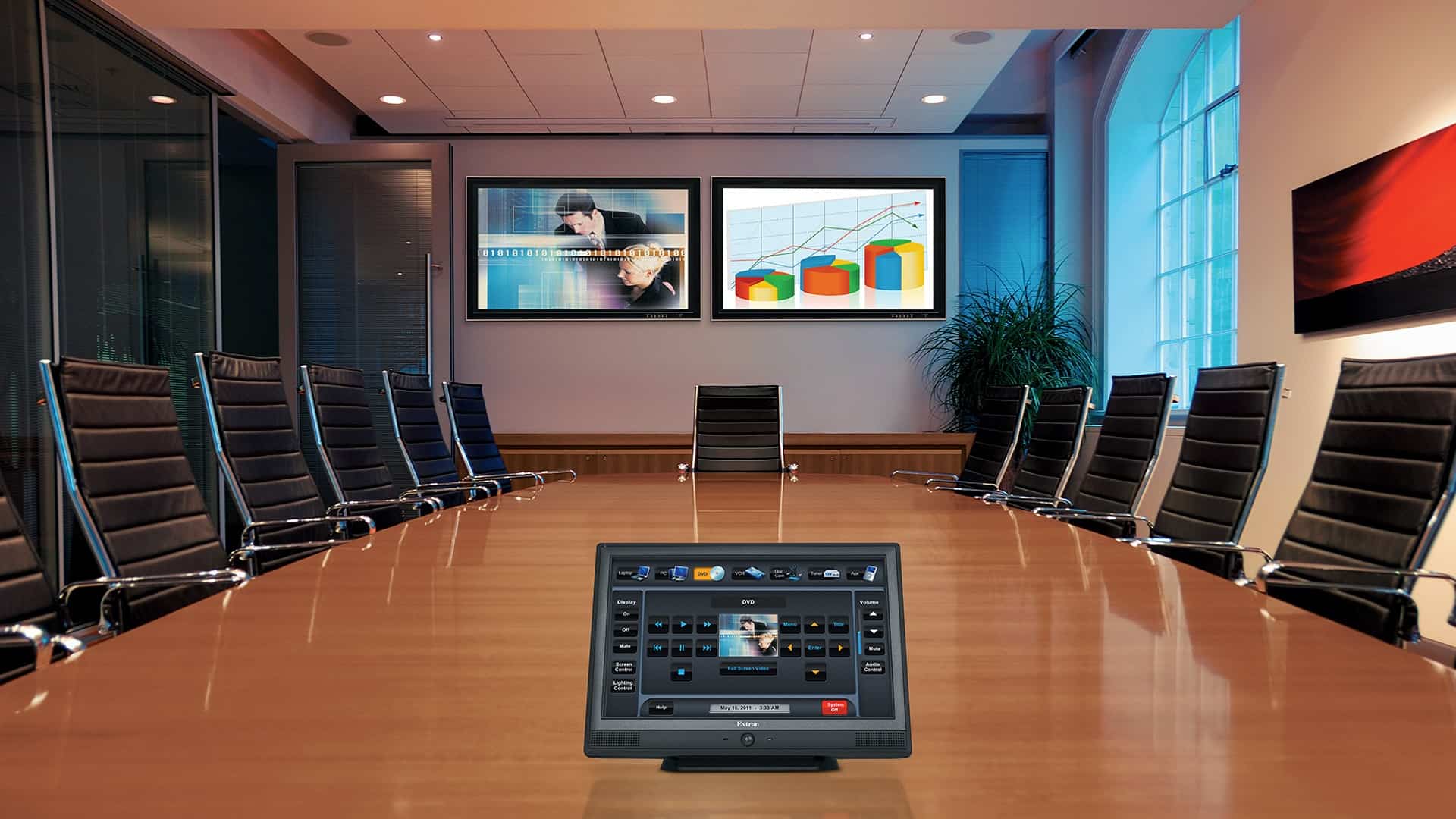Crucial Approaches for Improving Wiring and Linkage in Audiovisual Setups
While configuring AV systems, the importance of cabling and signal transmission cannot be overstated. Proper infrastructure does more than just supports that audio and image quality are retained but also delivers the stability of the overall system. In any AV setup, whether for a learning environment, corporate space, or home theater, optimizing the wiring can lead to enhanced performance and fewer technical issues. This guide will explore key strategies for enhancing wiring and interfacing in AV solutions.
The first step in optimizing media setups is to select the correct cables for the job. Distinct types of cables fulfill various purposes, so identifying reliable ones is crucial. For example, HDMI cables are standard for transmitting high-definition image and sound signals. In contrast, balanced audio cables like XLR can eliminate distortion in sound systems. It is critical to consider the span and grade of these cables, as longer cables can result in signal deterioration. By purchasing premium cables that match the precise needs of the AV configuration, users can significantly improve total performance.

Another essential strategy is managing the wiring effectively. A neatly arranged wiring system not only seems neater but also improves functionality. Using cable management solutions like clips, ties, or sleeves can help maintain wires orderly and prevent tangling. This structure also makes it more efficient to diagnose any issues that may occur. Labeling each cable according to its role or connection point can save time during installations or servicing. A clear layout helps technicians efficiently track connections, which is especially valuable in multi-device systems with numerous devices.
Additionally, assessing the design of the environment commercial sound reinforcement systems is essential for optimizing signal flow. The location of equipment can influence how signals flow through cables. Placing devices too far apart may require longer cables or signal boosters, which can be expensive and affect quality. It is beneficial to plan the layout of equipment thoughtfully, taking into account the proximity between devices and potential interferences such as walls or furniture. This strategic placement can reduce issues related to signal loss and strengthen transmission throughout the AV system.
Regular maintenance checks are another critical strategy for maintaining reliable operation of AV wiring and signal pathways. Over time, cables may become worn due to usage or aging. Periodically inspecting all connections helps catch potential problems before they worsen into serious issues. Upgrading worn-out cables and cleaning connectors can preserve signal quality and guarantee the system functions smoothly. Maintaining a schedule for routine maintenance can help users stay on top of this aspect of their AV setups.
Finally, keeping up-to-date about emerging innovations and protocols is crucial for anyone managing AV systems. The field is consistently advancing with improvements in technology that can elevate performance and efficiency. Attending workshops, reading industry publications, or becoming a member of professional associations can offer insightful knowledge into effective methods and up-to-date technologies currently offered. By leveraging these advancements and adapting them to existing systems, users can upgrade their AV solutions consistently while ensuring they remain current with industry trends.
In summary, optimizing wiring and signal management in AV systems requires strategic choice of cables, effective management, strategic space design planning, regular maintenance checks, Web Site and keeping informed on industry innovations. By utilizing these practices, users can attain improved functionality and stability in their AV setups, ultimately resulting in a more seamless experience for everyone engaged.